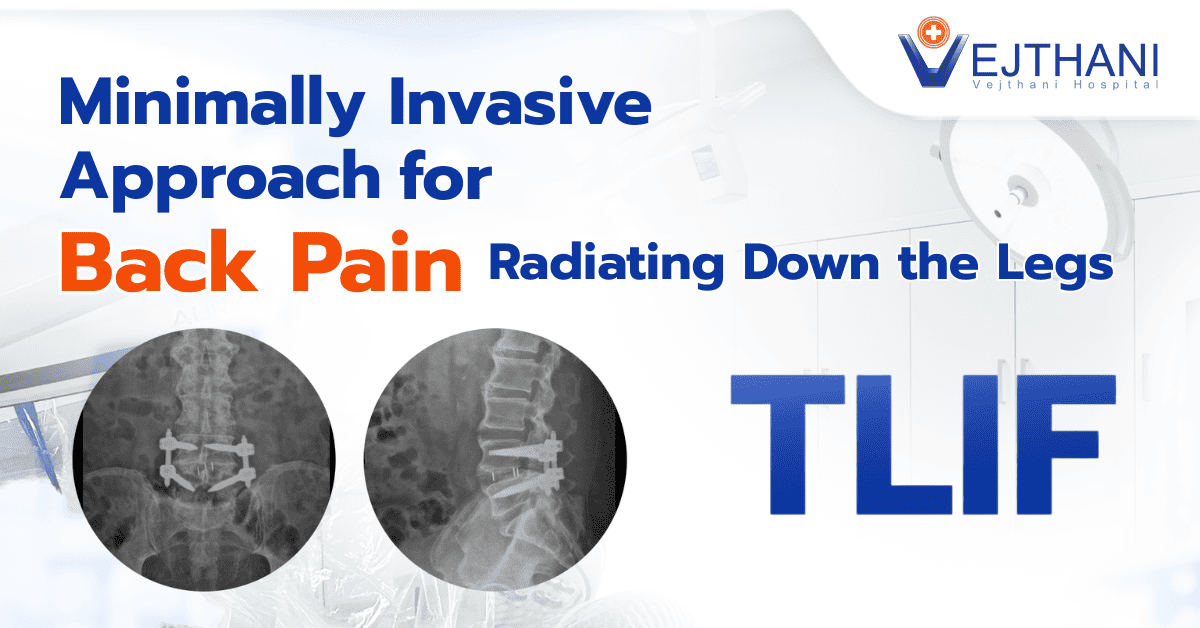
Sciatica
Diagnosis
The following procedures will help the healthcare providers properly diagnose sciatica.
- Physical examination: The healthcare provider will assess the patient’s the reflexes and muscle strength by having them perform various movement, such as standing up from a squatting position, performing a straight leg raise while lying on their back, walking on their toes or heels, and more. Sciatica pain typically worsens during these activity.
- Imaging test: If the patient experience severe pain that does not subside after a few weeks, they may need further imaging tests such as:
- X-ray: An overgrowth of bone that might be pressing on a nerve can be seen on a spine X-ray.
- Computed tomography (CT) scan: Before the CT myelogram, a dye may need to be injected into the spinal canal as part of a CT scan. The spinal cord and spinal nerves are then easier to spot on the images as the dye flows around them.
- Magnetic resonance imaging (MRI): Using a powerful magnet and radio waves, an MRI creates images of the back’s cross-section and can reveal disk herniation, nerve compression, and any arthritic conditions that may be putting pressure on the nerve. An MRI is often used to confirm a sciatica diagnosis.
- Electromyography (EMG): This test measures the electrical impulses produced by the nerves and muscles and can determine the extent of nerve root injury.
Treatment
The purpose of treatment is to lessen pain and improve mobility. Depending on the underlying cause, many sciatica patients improve gradually with a few simple self-care measures.
- Self-care: To reduce pain and swelling, start by using cold packs. Apply towel-wrapped ice packs to the affected area, multiple times a day for 20 minutes each time. After a few days, switch to using hot packs or a heating pad, applied for 20 minutes at a time. If pain persists, alternate between hot and cold packs, depending on which provides the most relief.
- Medications: Over-the-counter drugs may help to relieve pain, reduce inflammation, or reduce swelling. Some medicines may need to be prescribed by a healthcare provider. Anti-inflammatory drugs (NSAIDs), corticosteroids, opioids, anti-seizure medicines, or antidepressants may be used to treat sciatica pain.
- Physical therapy: A healthcare provider can develop a plan to help prevent future injuries after the pain has subsided. This includes exercises to improve range of motion, strengthen the core, and correct posture.
- Steroid injections: A corticosteroid injection into the region surrounding the painful nerve root may be helpful in some circumstances. One injection frequently alleviates pain.
- Surgery: A surgeon can remove a bone spur or a piece of a herniated disk that is pressing on the nerve. However, surgery is typically only used for cases of sciatica that result in extreme paralysis, loss of bowel or bladder control, or pain that does not respond to conventional treatments.
- Microdiscectomy: A herniated disk that is impinging on a nerve can be removed using a minimally invasive procedure called a microdiscectomy.
- Laminectomy: This treatment involves removing the lamina, which is a portion of the vertebral bone and the roof of the spinal canal, and which is pressing on the sciatic nerve.
Contact Information
service@vejthani.com






















